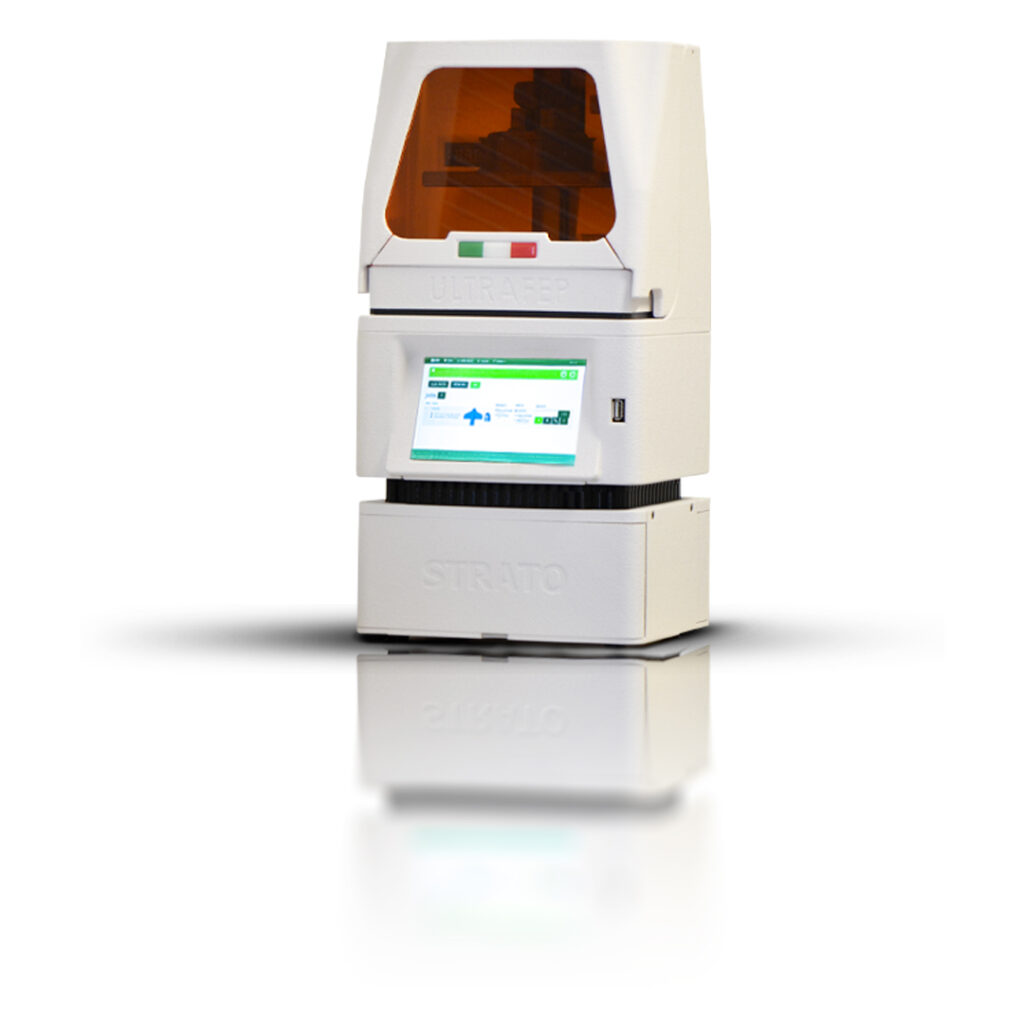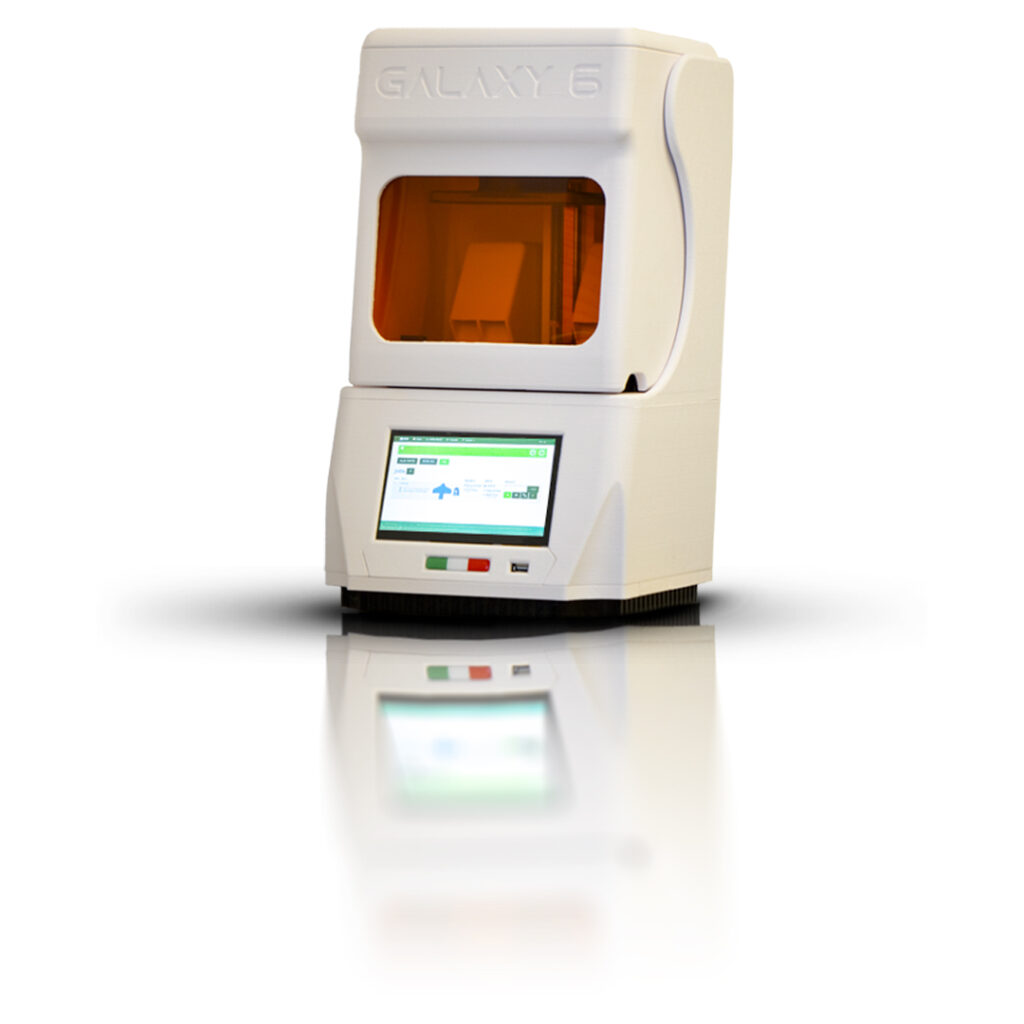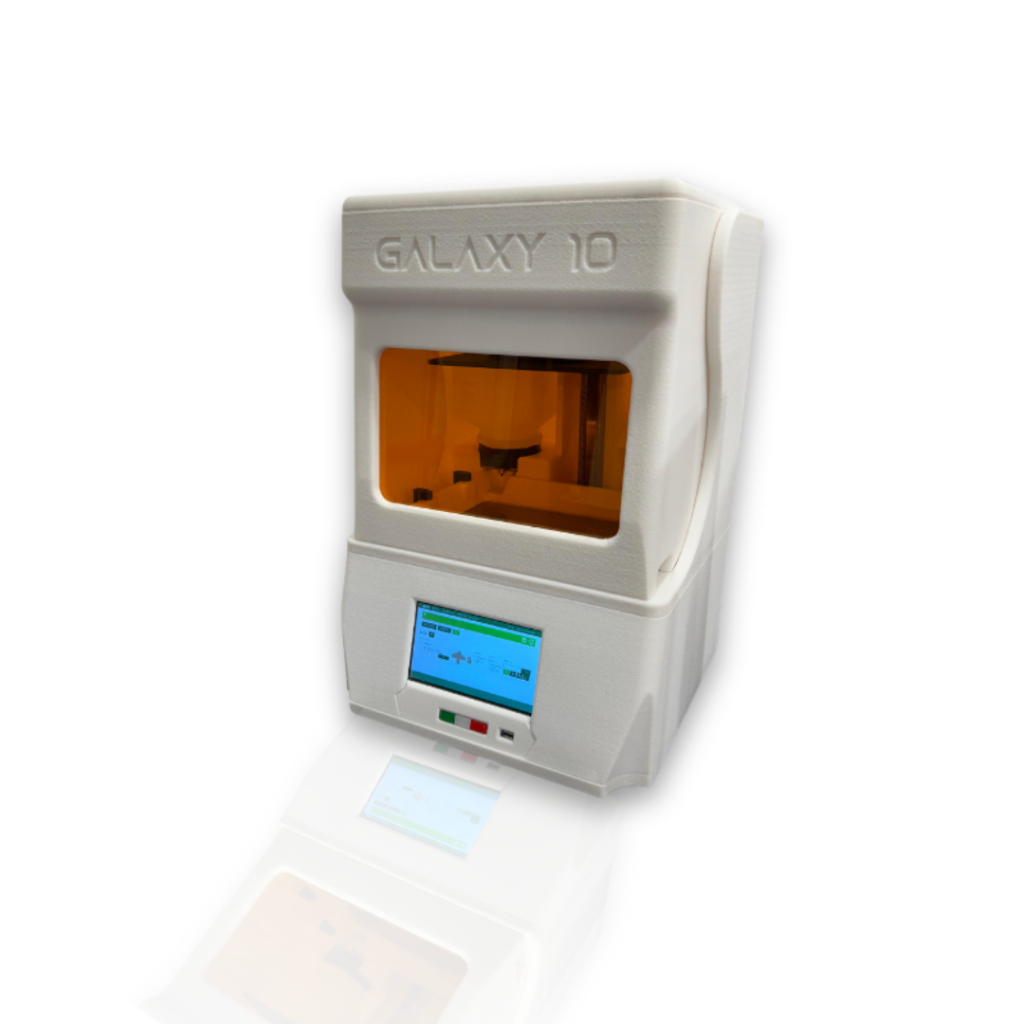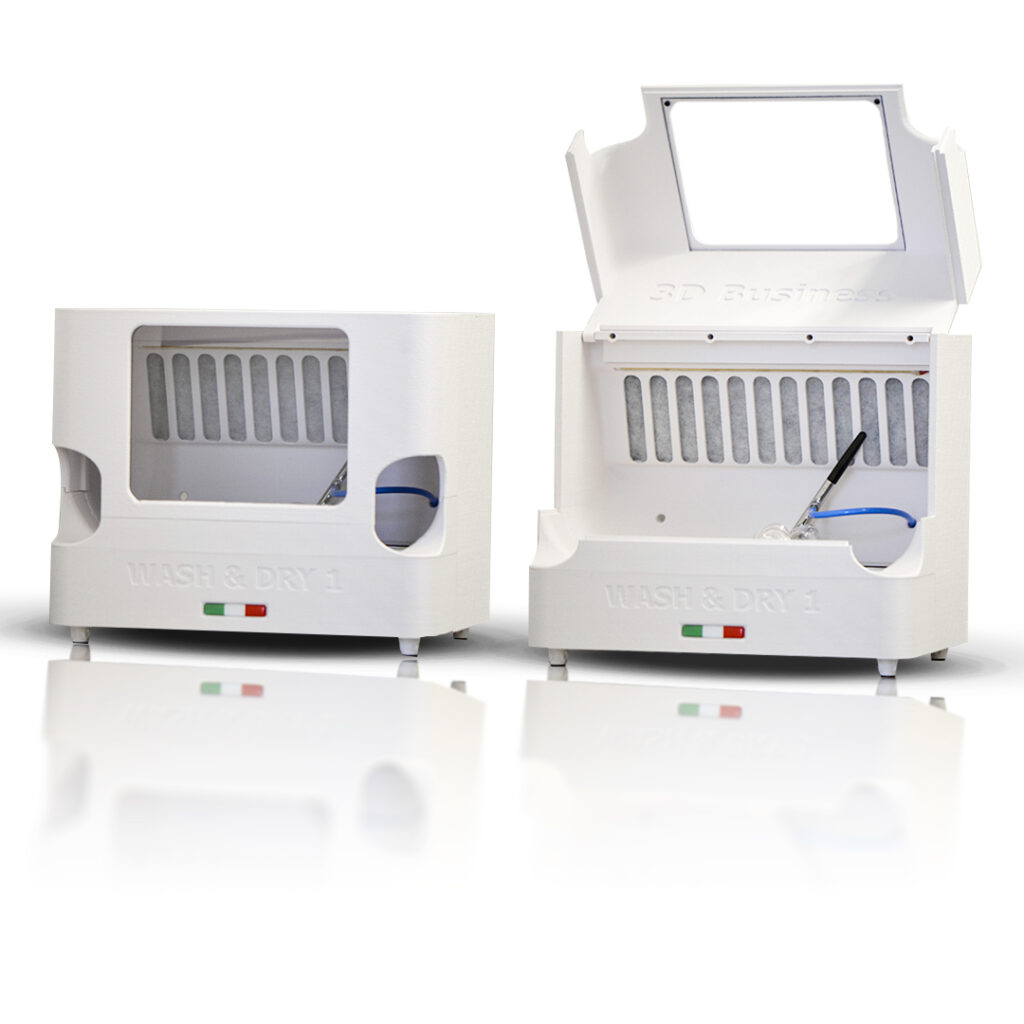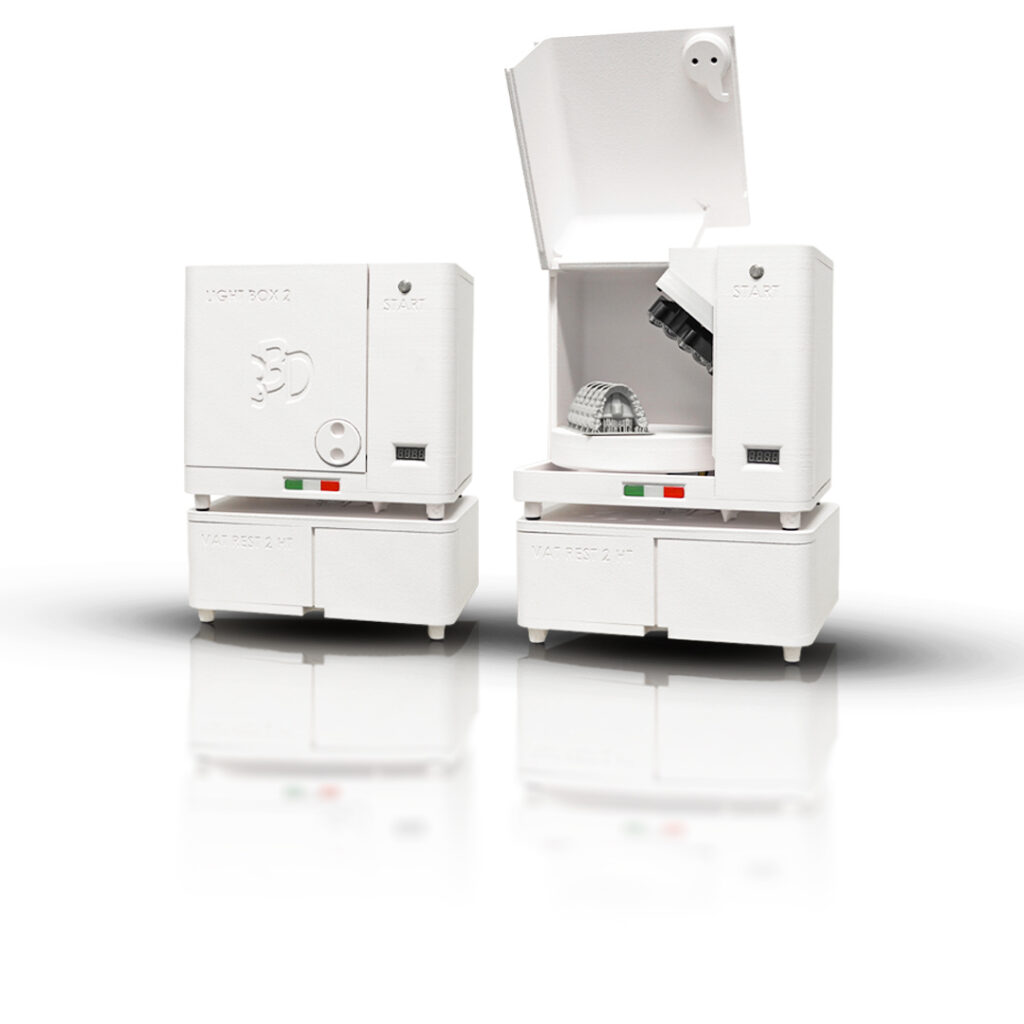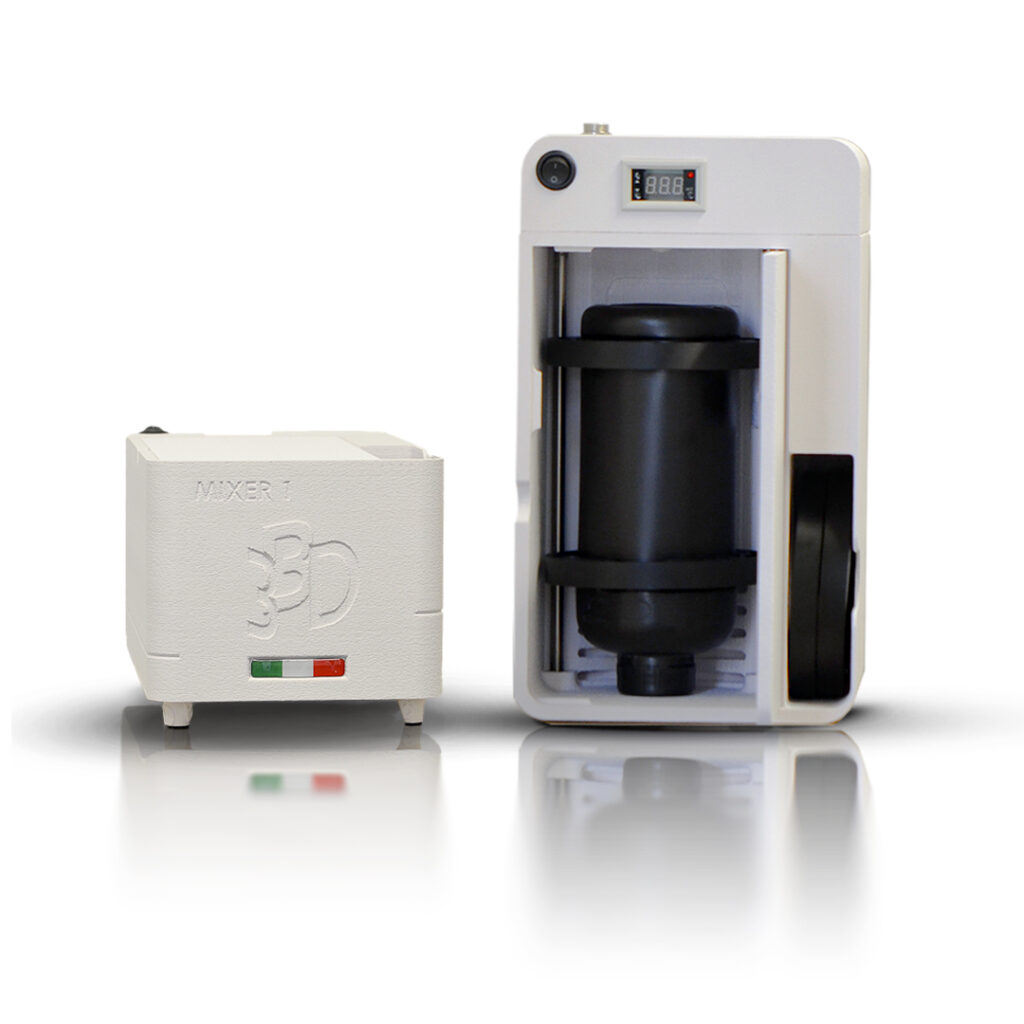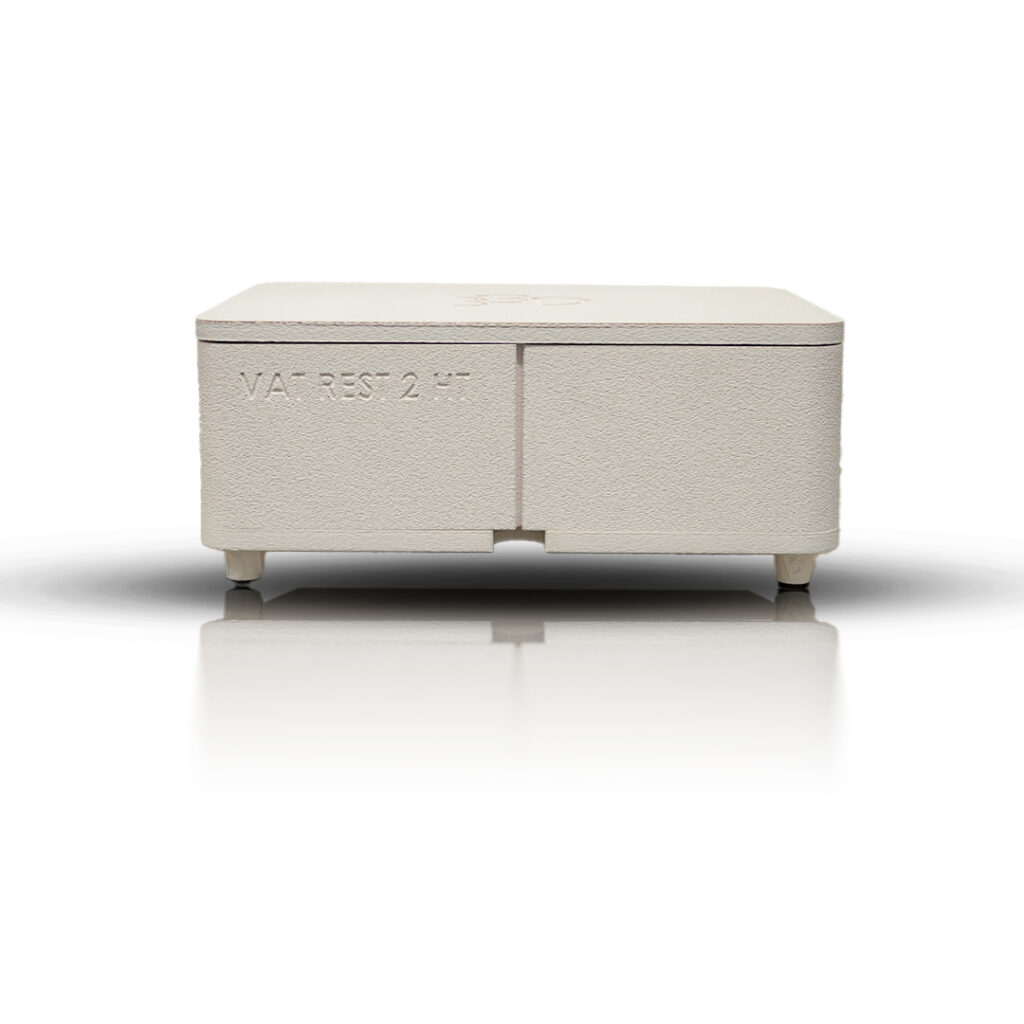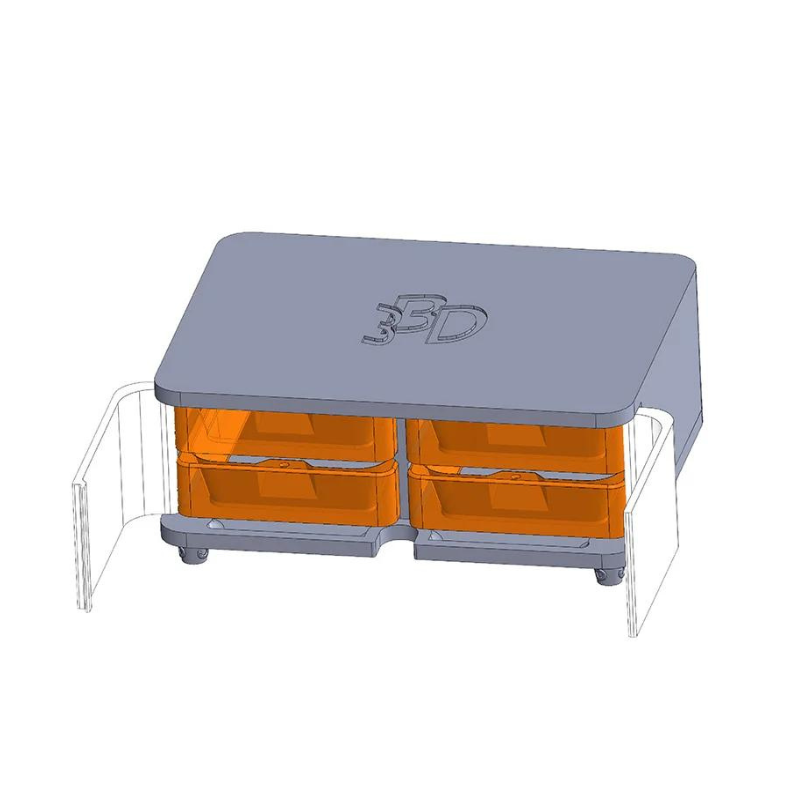
Your hobby has an extra weapon…sustainable and made in italy
In the world of model making, one of the most innovative and revolutionary technologies in recent years is definitely 3D printing. This technique, initially developed for industrial purposes, quickly spread to the field of model making as well, offering enthusiasts a wide range of creative and technical possibilities. In this article, we will explore the phenomenon of 3D printing in modeling, analyzing its benefits, applications, and future prospects.
Advantages of 3D Printing in Model Making
3D printing has introduced a number of significant advantages to the modeling world. One of the main ones is the ability to create highly detailed and customized models with unprecedented accuracy. Thanks to 3D printing technology, it is possible to create models with intricate details and complexities that would have been difficult or impossible to achieve with traditional modeling methods.
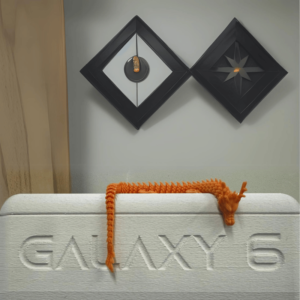
In addition, 3D printing allows for greater flexibility and speed in prototyping. Enthusiasts can quickly plan and print new ideas and designs, testing them quickly and efficiently before proceeding with large-scale production. This iterative approach allows for a more dynamic development process that is responsive to market and end-user needs.
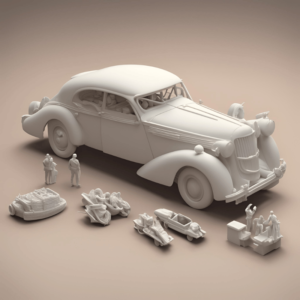
Applications of the 3D Printer in Model Making
The applications of 3D printing in modeling are extremely diverse and varied. They range from the production of highly detailed vehicle, aircraft and ship models to the creation of miniatures for role-playing games and wargames. In addition, 3D printing is also used to create custom accessories and components for existing models, allowing enthusiasts to further customize and enhance their designs. Another interesting application is the reproduction of obsolete or hard-to-find spare parts. With 3D printing, exact parts can be reproduced from digital models, thus avoiding the frustration and high costs associated with finding rare or discontinued parts
In addition, 3D printing allows for greater flexibility and speed in prototyping. Enthusiasts can quickly plan and print new ideas and designs, testing them quickly and efficiently before proceeding with large-scale production. This iterative approach allows for a more dynamic development process that is responsive to market and end-user needs.
DO YOU WANT TO KNOW MORE?
Fill out this form to request information. You will be contacted as soon as possible by our Staff

